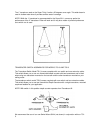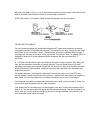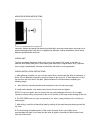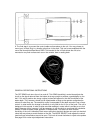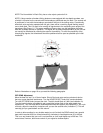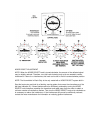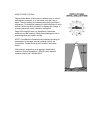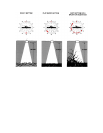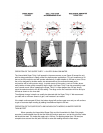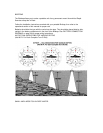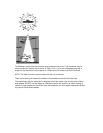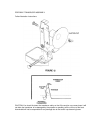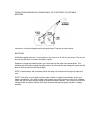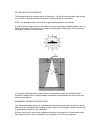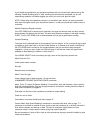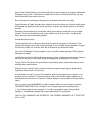If you should ever experience any operational problem with your Humminbird, please refer to the
following Trouble Shooting guide. If, after checking the various areas described, you are still
experiencing problems, we would suggest you return your unit to our plant for repair.
NOTE: Please keep this operations manual in a convenient spot, where it is easily accessible.
Also save the original carton your Humminbird came in, in case you should ever need to return it
for service.
Multiple Flashes at Regular Intervals
If the OFF-SENS knob is turned too far clockwise, the signal will bounce back and forth several
times between the bottom and the boat. This will cause flashes at multiples of the depth reading.
CURE: Turn the OFF-SENS knob counterclockwise until you get a good bottom reading.
Unusual Readings
The signal that is reflected back to the transducer from the bottom, or fish, must be strong enough
to produce a good clear flash on the dial. Weak flashes or no flashes at all usually indicate that
the OFF-SENS knob is turned too far counterclockwise, that you are above deep, decayed
vegetation, or that you are in water over 200 feet deep. In the last two cases, the signal would
probably be absorbed by the bottom or never reach it.
If the NOISE REJECT knob is turned up too high, some of the signal may also be lost.
Motor Does Not Turn
Check power cable contacts.
No Light
Reverse wires at the battery.
Motor Turns, No Light
Check voltage input to depth sounder, 10 volts minimum.
HUMMINBIRD TROUBLE SHOOTING GUIDE (continued)
Motor Turns, "0" Lights, No Bottom Reading Turn sensitivity knob full clockwise, noise rejection
knob full counterclockwise. Plug and unplug transducer connector"0" reading should increase in
width when transducer is plugged in.
Rub water into the face of the transducer to provide for proper wetting.
Check for cuts in cable.
If transducer is mounted inside boat, refer to page 10.
Cannot Obtain High Speed Reading If transducer is mounted inside boat, refer to page 7. If
transducer is mounted on outside of boat, check to see that transducer is on driver's side and is
flush with the bottom and transom of boat. Tilt back of transducer slightly down to insure
transducer stays in contact with the water during high speed operation.
Be sure transducer is clear of ribs, rivets or other protrusions that may cause air bubbles to pass
under the transducer.



